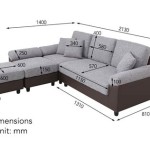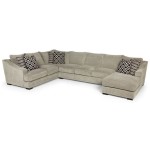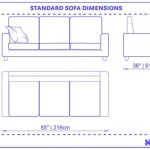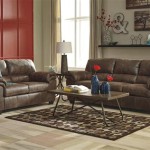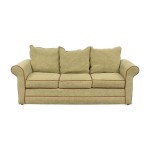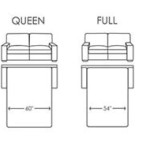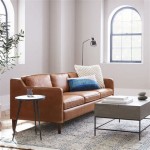How To Make Sofa Set Design
Designing a sofa set requires careful consideration of various factors, from functionality and comfort to aesthetics and spatial harmony. This process involves understanding the target user, the intended space, and the desired style. Whether designing for mass production or a bespoke piece, the principles remain the same. This article explores the key elements involved in crafting a successful sofa set design.
1. Defining Purpose and Functionality
The initial stage focuses on establishing the sofa's intended use. Will it primarily serve as a space for relaxation, entertaining guests, or a combination of both? Determining the primary function influences design choices such as size, seating depth, and armrest height. A sofa intended for lounging might prioritize deep seating and plush cushions, while one designed for formal settings might feature a more upright posture and tailored upholstery.
2. Understanding the Target User
Considering the target user is crucial. Factors such as age, lifestyle, and physical limitations influence design decisions. A sofa designed for families with young children might prioritize durable, stain-resistant fabrics and rounded edges. Conversely, a sofa intended for elderly individuals might necessitate higher seat heights and firmer cushions for ease of sitting and standing.
3. Measuring the Space
Accurate measurements of the intended space are essential. The sofa's dimensions should complement the room's proportions without overwhelming the space. Consider traffic flow and leave sufficient space for movement around the furniture. Creating a floor plan can help visualize the sofa's placement and ensure adequate clearance. This step also helps determine the optimal configuration, whether it's a traditional three-seater, an L-shaped sectional, or a modular design.
4. Selecting Materials
Material selection significantly impacts the sofa's comfort, durability, and aesthetic appeal. The frame construction, typically made of wood or metal, forms the foundation of the sofa. Upholstery choices range from natural fibers like cotton and linen to synthetics like polyester and microfiber. Each material offers unique properties in terms of texture, durability, and maintenance requirements. Consider the intended use and environment when selecting materials, opting for durable and easy-to-clean fabrics in high-traffic areas.
5. Determining the Style
The sofa's style should harmonize with the overall interior design scheme. Whether the style leans towards modern minimalism, classic elegance, or rustic charm, consistency is key. Consider elements like leg style, armrest design, and backrest shape to achieve a cohesive look. Researching different sofa styles and browsing design inspiration can help solidify the desired aesthetic.
6. Crafting the Frame and Structure
The frame provides structural integrity and dictates the sofa's overall shape. Traditional methods involve constructing a robust frame using hardwoods like kiln-dried oak or maple. Modern techniques may incorporate engineered wood or metal frames. The frame's construction must be sturdy enough to support the weight of the users and withstand regular use. Precision and attention to detail are crucial during this phase to ensure the sofa's longevity and stability.
7. Adding Cushions and Upholstery
Cushions significantly impact the sofa's comfort. Various cushion fillings, such as foam, down feathers, and synthetic fibers, offer different levels of support and softness. Consider the desired level of firmness and resilience when selecting cushion materials. Upholstering the sofa requires precise measurements and meticulous craftsmanship. The chosen fabric is carefully cut and fitted to the frame, ensuring a smooth and taut finish. Proper upholstery techniques are essential for achieving a professional and aesthetically pleasing result.
8. Final Touches and Quality Control
Once the sofa is assembled and upholstered, final touches are added, such as decorative pillows, nailhead trim, or contrasting piping. These details can enhance the sofa's visual appeal and personalize the design. Thorough quality control is essential to ensure the sofa meets the required standards. Inspecting the frame's stability, the upholstery's integrity, and the overall craftsmanship guarantees a well-constructed and durable piece of furniture.

Diy Modern Sofa Set Frame Making

How To Sofa Attachment Divan Cat Frame Making Latest Simple Set Design 2024model Yo Designs Furniture Details

How To Make Rib Model Sofa Frame Leather Set Design Letest

How To Make Leather Sofa Set 5 Seater Design Wooden You Frame Designs

Watch This On How Corner Sofa Set Is Made New Model Latest Designing

How To Make Sofa Full Process

Part 7 How To Make Sofa Set Making S Easy Creating

50 Easy Ways To Build A Diy Couch Without Breaking The Bank

How Sofa Is Made Material Making History To Make Used Parts

How To Make Sofa Step By Import Model Set Making Couch Belt Cushion Cushions On

